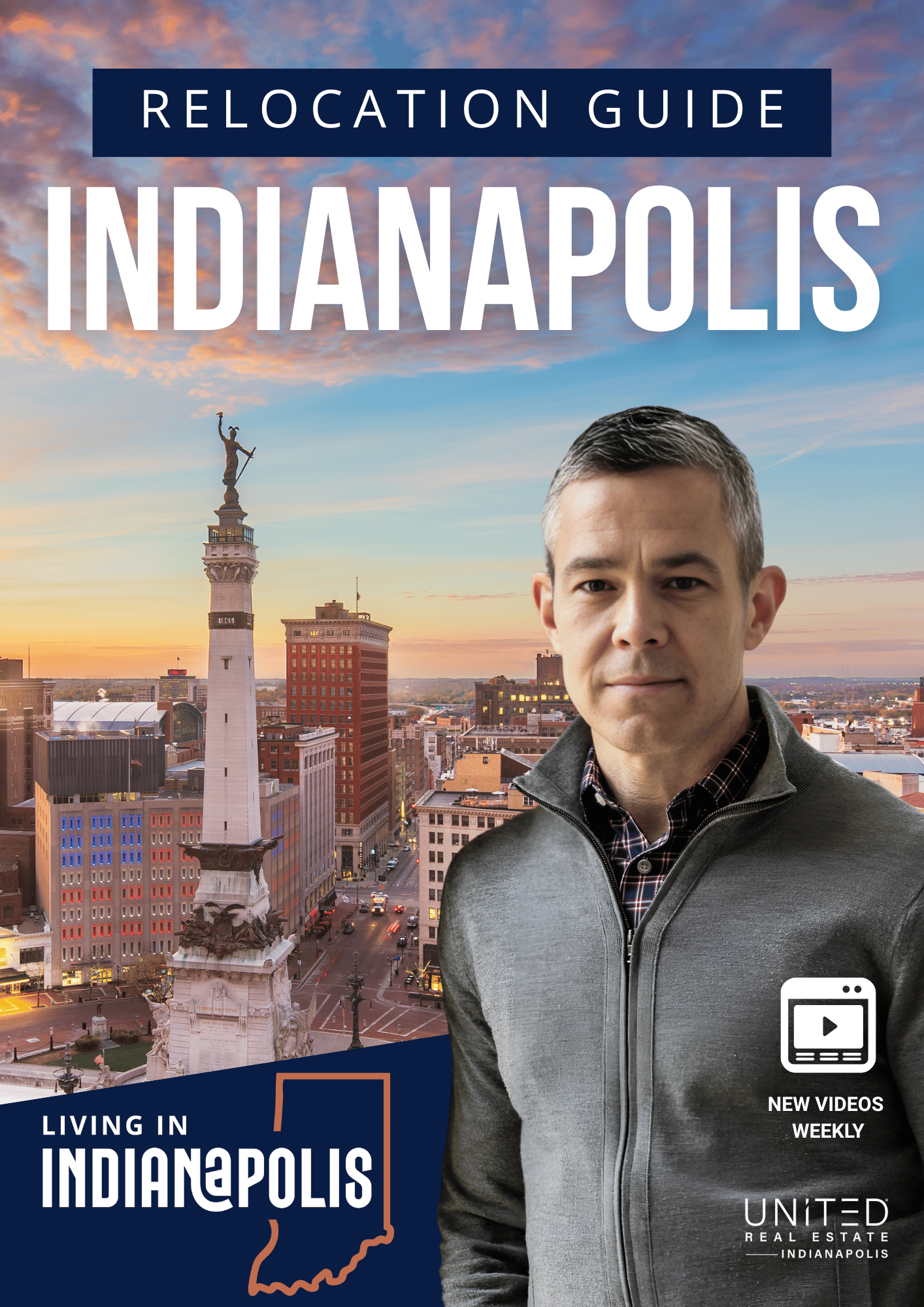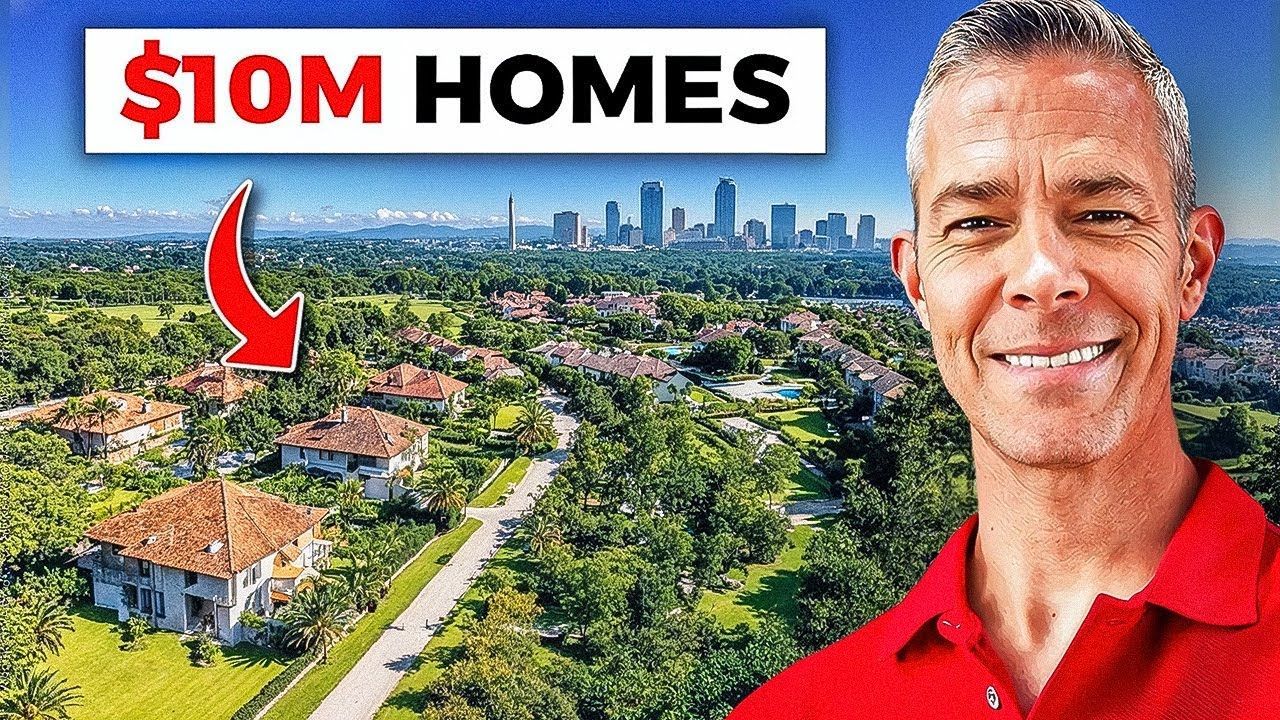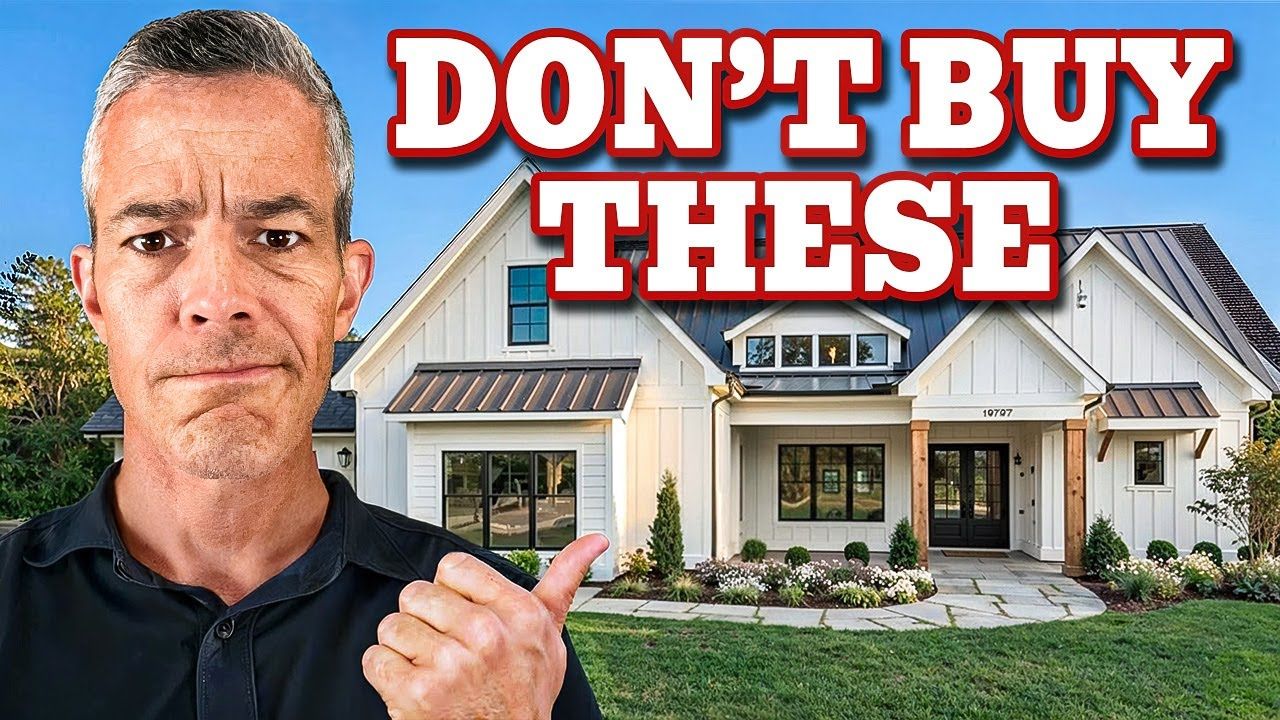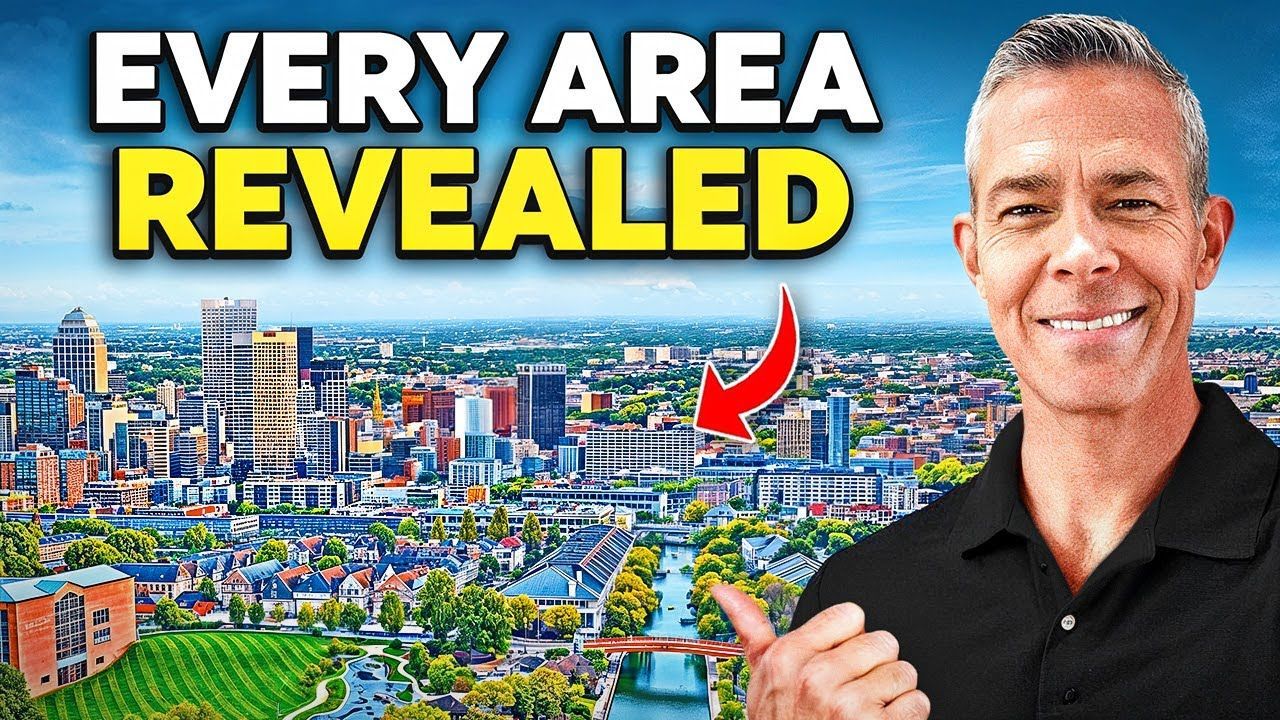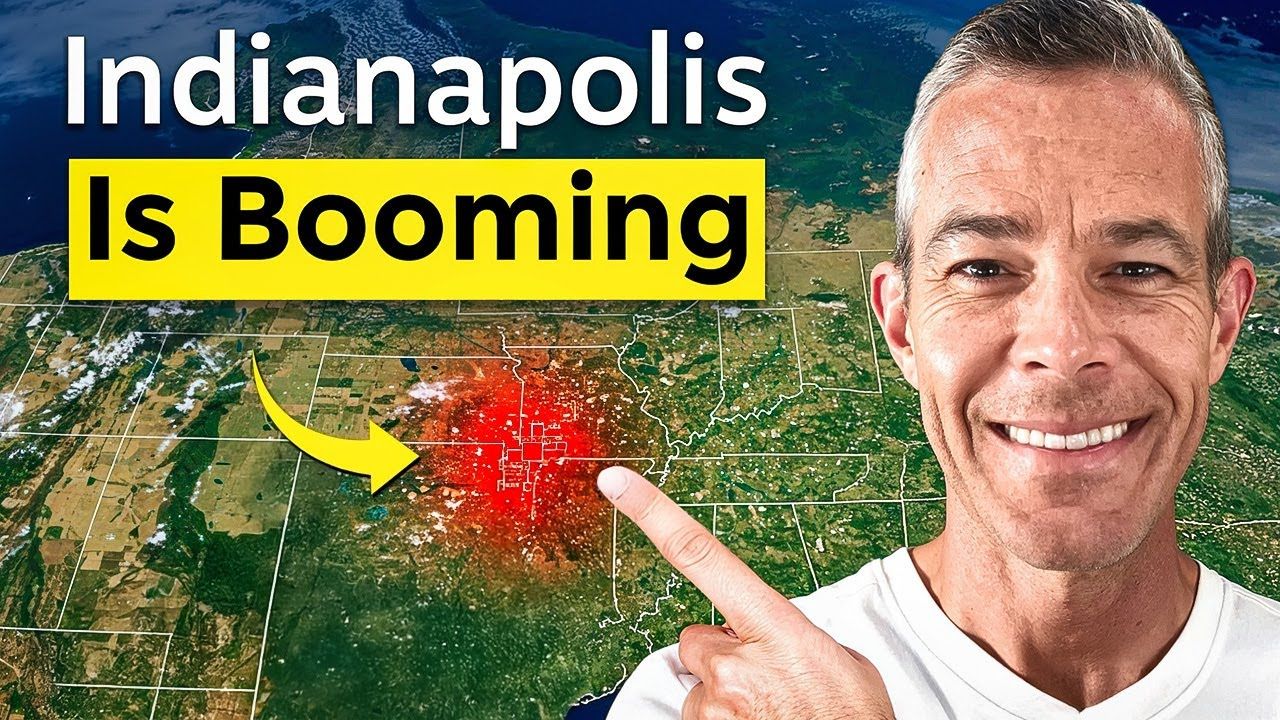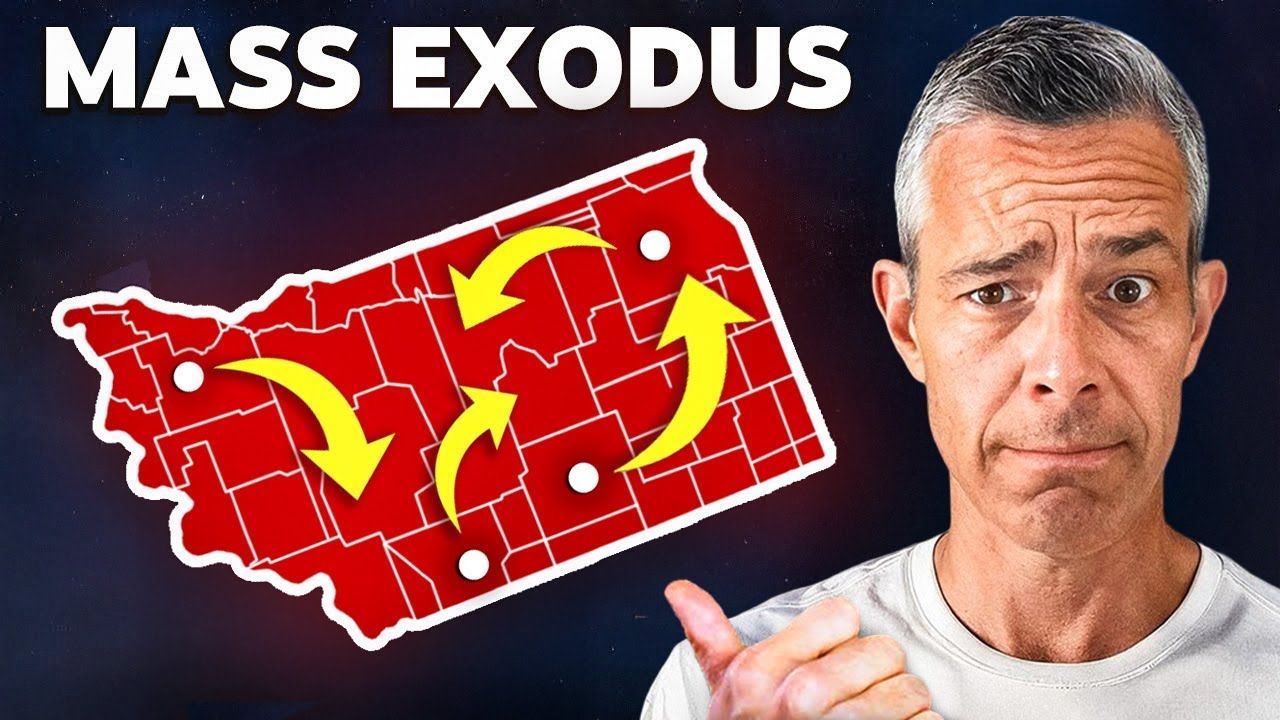This Part of Carmel Is My Preference But Maybe Not Yours
Hello — I'm Jason Compton with Living In Indianapolis, and I want to walk you through why this particular corner of town captures my heart. If you're considering living in Carmel, IN, this article will unpack what makes this east‑side neighborhood special, what trade‑offs you should expect, and how to think through your own preferences when choosing where to live.
Table of Contents
- Introduction: Why This Conversation Matters
- Why I Prefer This Part of Carmel
- The Practical Trade-offs of Older, Mature Neighborhoods
- Location Advantages: Commute, Downtown Carmel, and Nearby Amenities
- Pricing and Value: How You Can Get More for Less
- How to Decide What Matters Most to You
- Practical Tips for Buyers and Renovators Considering This Area
- Common Misconceptions About Living in Carmel, in (and the Truth)
- How I Help Buyers Decide Where to Look
- FAQs About Living in Carmel, IN
- Final Thoughts and How to Move Forward
- Reach Out
- Closing — a Short Reminder
Introduction: Why This Conversation Matters
There’s no one perfect place for everyone, and when people ask me, "Jason, if Carmel is so great, why don't you live there?" my answer gets straight to the point: location and lifestyle priorities matter more than the house itself. In this part of Carmel (east of Keystone Avenue, slightly south of 131st Street toward 126th Street), you get mature trees, larger but not sprawling lots, and homes with personality—often built in the 1970s and 1980s. These characteristics create charm and opportunity, and they also bring responsibilities and potential renovation needs.
Why I Prefer This Part of Carmel
First, a quick confession: my family lives in Greenfield, and we chose that location primarily because of proximity to my wife's workplace and the rhythm of our family life. That said, if we lived in Carmel, this is one of the exact areas we'd consider. Why? The neighborhood offers an appealing blend of mature landscape, a human‑scaled street network, and immediate access to both local nodes and downtown Carmel.
Mature trees matter a lot to me. They frame streets, provide shade, and give a sense of permanence you don't get in fresh subdivisions. The wide streets, sidewalks, and the way homes settle on their lots create a strong sense of place. Lots here might be up to half an acre, sometimes a little more, and the way houses sit on those lots often makes yards feel larger than the measured acreage.
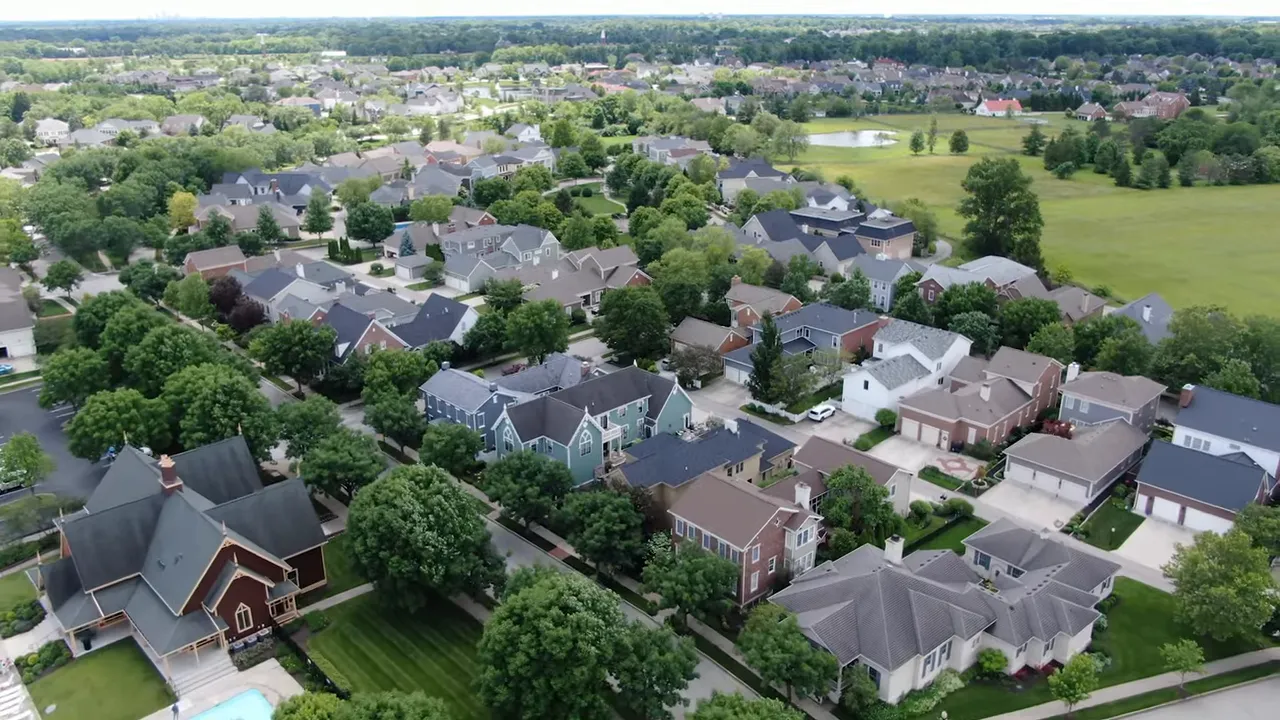
Beyond aesthetics, these neighborhoods tend to be very walkable and bikeable and offer quick access to Keystone Avenue and other major corridors. That means you can reach Indianapolis, Westfield, or the commercial hubs of Carmel within minutes. For many families, that connectivity tops other considerations.
VIEW HOMES FOR SALE IN CARMEL, IN
Character, diversity, and interior surprises
Another big draw is the architectural variety. These homes were built in the 1970s and 1980s, and the interiors reflect that era. That can mean unique layouts, unexpected nooks, or appliances and finishes that feel dated. While some buyers are put off by shag carpet around toilets and segmented kitchens, others see those as renovation opportunities. If you value being in a particular location, the house becomes the project you shape over time.
The Practical Trade-offs of Older, Mature Neighborhoods
No place is perfect. Mature neighborhoods bring both charm and maintenance. Here are the main trade‑offs you should weigh before committing to living in Carmel, IN.
- Older mechanical systems: Roofs, HVAC units, water heaters, and driveways often need updating. These are costly but necessary replacements that many buyers encounter.
- Renovation surprises: Interiors can be quirky—closed‑off kitchens, carpet in odd places, and room flows that don’t match modern preferences. Remodeling takes time and money.
- Tree maintenance: Mature trees provide beauty but require upkeep. Leaf clean‑up, potential limb damage during storms, and occasional insurance claims for roof damage are realities to consider.
- Less uniform landscaping: Older neighborhoods rarely have the manicured uniformity of new developments. That’s great for character but can be a disadvantage if you prefer pristine curb appeal.
Think of these not only as negatives but as opportunities. You can buy into an ideal location for significantly less money than a brand new home in another part of town, and then make the house exactly what you want. Whether that’s opening a closed kitchen to create a modern, airy plan or replacing dated finishes, these projects let you add value and personalize the home.
Location Advantages: Commute, Downtown Carmel, and Nearby Amenities
Location is the single most important variable in my approach to helping people find a home. When clients ask where to start, I always say: dial in the location first. Once the location is right, you can usually find—or create—the right house.
This east Carmel pocket is especially well positioned. Keystone Avenue gives you direct access into Indianapolis, while heading north connects you easily with Westfield. Major commercial intersections like 146th Street and US‑31 are close for shopping, dining, and services. Downtown Carmel — the Arts & Design District, Midtown, and City Center — is just a short drive, bike ride, or even a brisk walk for some. Parking in downtown Carmel can take a few extra minutes, but you're often closer in travel time than you think.
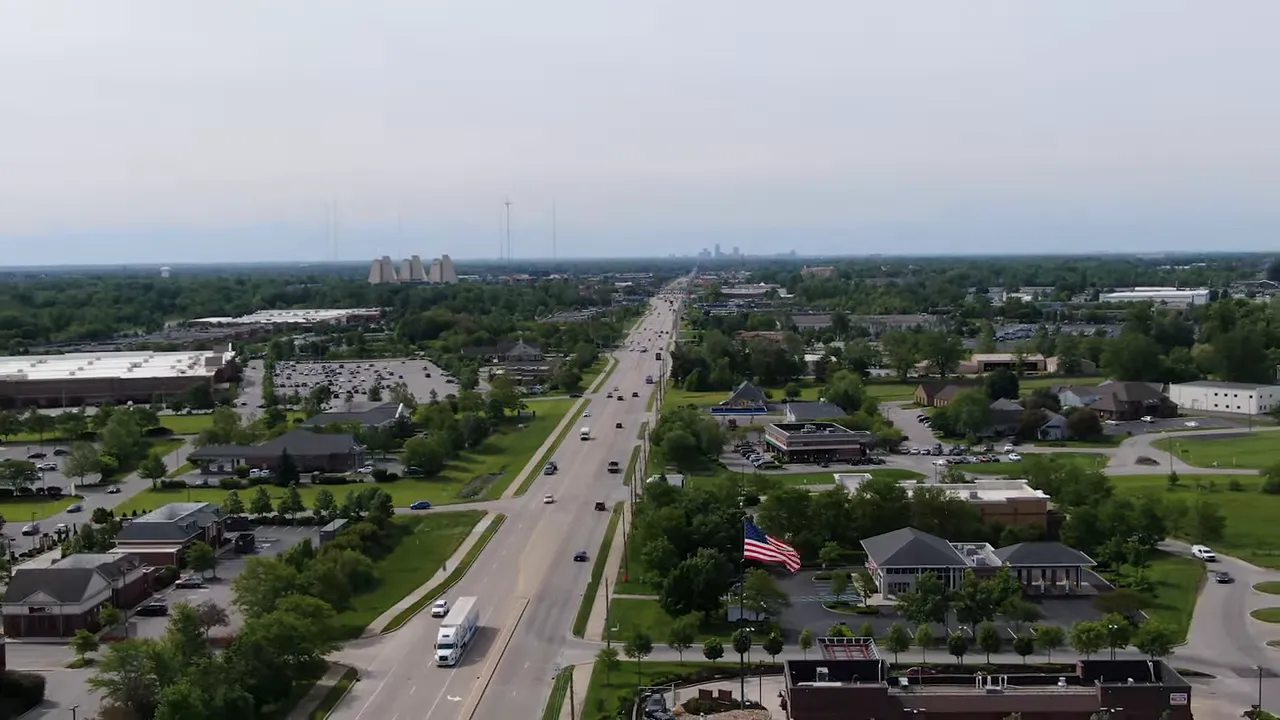
For families, that means extracurriculars, restaurants, and cultural events are reachable without long commutes. For professionals, it means flexibility: a manageable commute to Indianapolis, quick access to local offices, and proximity to high‑quality schools and community amenities.
Pricing and Value: How You Can Get More for Less
One of the most compelling practical benefits of this area is affordability relative to comparable locations. Homes here, many built in the 1970s and 1980s, generally sell for much less than new construction in newer parts of Carmel or out west of US‑31 where million‑dollar homes are common.
If you're in a price range of, say, $500k to $800k, you can get into a home with a larger lot and established landscape in east Carmel, whereas the same budget in west Carmel might buy a different type of property or require you to move further out. Conversely, if you're looking for a 5,000–6,000 square foot estate, that’s more commonly found west of US‑31 at higher price points.
The math often works like this: pay a bit less to secure a prime location, then invest in targeted upgrades to modernize the home. Replacing a driveway or installing a new HVAC system aren't glamorous, but they remove worry and increase resale value. After that, cosmetic updates—kitchens, bathrooms, flooring—turn the house into the home you want.
How to Decide What Matters Most to You
Everyone’s criteria are different. Some people absolutely love big trees and the texture of a mature neighborhood; others want new landscaping and low maintenance. Your task is to clearly define your "musts" versus "nice‑to‑haves."
Here are the practical steps I recommend when thinking about where to live:
- List non‑negotiables: These are things you absolutely must have—proximity to work, number of bedrooms, school district, single‑level living, etc.
- Identify negotiables: Things you’d like but can change over time—finished basement, updated kitchen, lawn size.
- Prioritize location: If the commute and neighborhood feel are right, many physical characteristics can be remodeled.
- Set a renovation budget: Understand how much you’re willing to invest post‑purchase and get contractor ballpark numbers before committing.
- Work with local experts like me: Real estate agents, inspectors, contractors, and lenders who know Carmel make a huge difference in decision quality and timelines.
When you’re done, you’ll have clarity on whether a mature east Carmel home fits your lifestyle or whether a newer neighborhood elsewhere better matches your tolerance for maintenance and project work.
Practical Tips for Buyers and Renovators Considering This Area
If you're eyeing this part of Carmel, here are my practical recommendations based on years of walking through these homes with clients.
- Inspect thoroughly: Older homes often have deferred maintenance. Hire a detailed inspector who will check roofing, mechanicals, drainage, and the foundation. Know what you’re buying.
- Expect immediate costs: Budget for at least a few immediate updates (HVAC check, roof assessment, driveway repairs). Factor those into your offer strategy.
- Consider layout before cosmetic fixes: A dated kitchen can be fully renovated, but a closed floor plan might require structural work if you want an open concept. Get rough estimates early.
- Think landscaping: Large trees are lovely but expensive to maintain. If you hate yard work, this may not be the right fit. Conversely, if you love mature shade, plan for seasonal cleanup costs.
- Plan for resale: Even if you love a very personalized interior, some changes—like modernizing bathrooms and kitchens—improve marketability.
- Use the location: Take advantage of being close to downtown Carmel—walk to events, bike to the Arts & Design District, and enjoy local amenities to get the most value from the neighborhood.
Common Misconceptions About Living in Carmel, in (and the Truth)
Misconception: Living in Carmel, IN means you must pay premium prices for everything. Truth: Location and timing matter. There are pockets within Carmel where you can find significant value, especially among older, established neighborhoods. Those houses often require thoughtful investing but offer a lifestyle many buyers prize.
Misconception: Older homes are money pits. Truth: Any home, new or old, can be a money pit if neglected. Older homes often have replaceable items (roof, HVAC, driveway) that are visible and predictable costs. With inspection and planning, these are manageable expenses rather than surprises.
Misconception: Living close to downtown means constant parking headaches. Truth: Yes, downtown Carmel can be busier than a suburban shopping center, and some evenings or events will increase parking demand. But the proximity often outweighs occasional parking delays, and many residents walk or bike into the Arts & Design District.
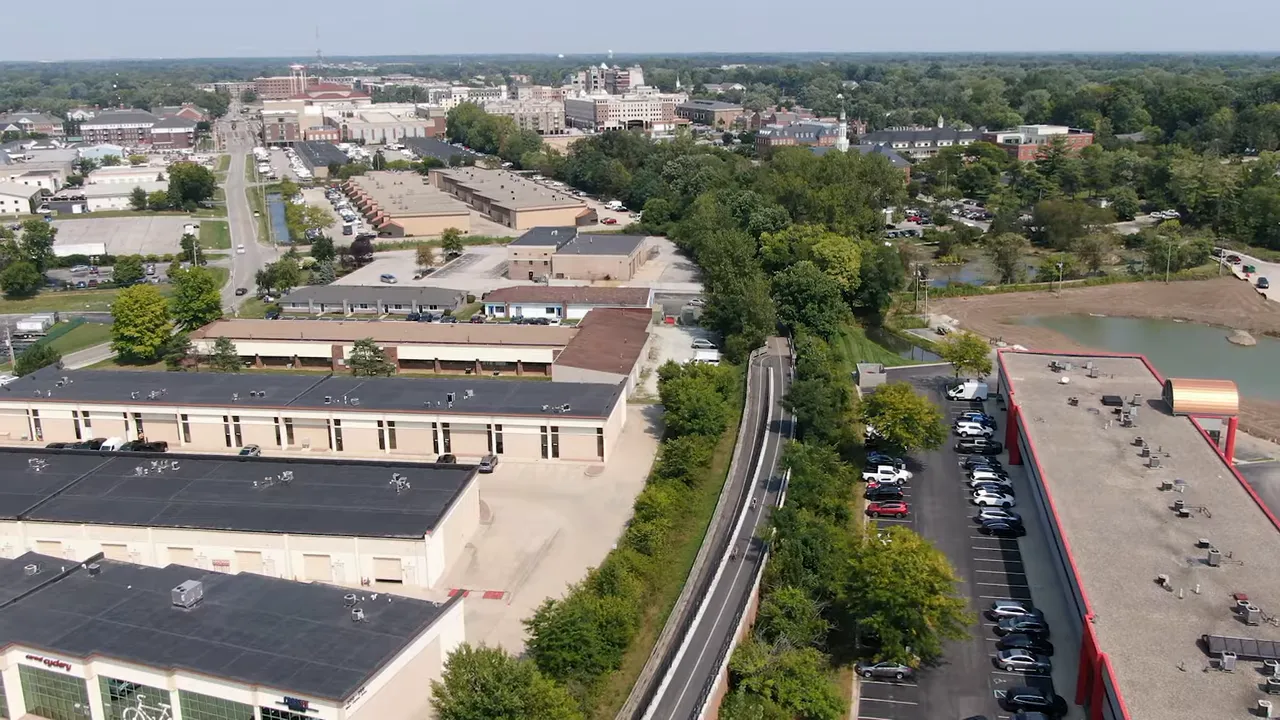
How I Help Buyers Decide Where to Look
When clients come to me, my first question is always about priorities. What are your musts? What's a deal‑breaker? From there, we map neighborhoods that meet location, lifestyle, and budget constraints. If living in Carmel, IN is on your radar, I’ll help you drill down to the areas that match your preferences—east Carmel for mature charm, west Carmel for newer large homes, and so on.
I also encourage buyers to think beyond the house: the commute, school options, local events, and the kind of outdoor life they want. For some, the leaves and trees and older sidewalks are exactly what they want; for others, they’re a liability. My job is to remove ambiguity so you make a confident choice.
Download Your FREE Relocation Guide
FAQs — Living in Carmel, IN
Is east Carmel safe and family‑friendly?
Yes. Carmel is consistently rated among the safest communities in the region, with a strong community feel, good schools, and family‑oriented events. East Carmel combines that safety with mature landscapes and a quieter street experience.
How close is this part of Carmel to downtown Indianapolis?
Depending on traffic, you can reach downtown Indianapolis fairly quickly via Keystone Avenue. Many parts of east Carmel are positioned to provide quick access into the city while still offering suburban amenities.
Will I need to renovate immediately if I buy in this area?
Not necessarily. Some homes are turnkey, but many have deferred maintenance or dated finishes. Plan for priority items like HVAC, roof, and driveway if they appear in inspection reports. Cosmetic renovations are optional and can be phased.
Are property taxes in Carmel higher than surrounding towns?
Property taxes vary based on assessed value and local levies. Carmel tends to have competitive taxes relative to its services and amenities. Always check current tax rates and factor them into your monthly budget.
Is parking a problem downtown?
Sometimes. During events and busy evenings, finding a spot may take a few extra minutes. But from east Carmel, the commute time into downtown is short, and many residents bike or walk for nearby outings.
Can I find newer construction in Carmel?
Yes, but newer construction is more common in west Carmel or in newer subdivisions. East Carmel’s charm is its established homes and mature trees—if you want new landscaping and brand‑new homes, you’ll find more options elsewhere.
Final Thoughts and How to Move Forward
If you're seriously considering living in Carmel, IN, start with your priorities. If proximity, mature neighborhoods, and quick access to Carmel’s downtown areas matter to you, this east Carmel pocket should be on your shortlist. If you want low maintenance, new construction, and small trees, a different area might be a better fit.
Remember: the most important thing is your personal preference. I live in Greenfield because it fits my family's daily life and commute needs. But my preference for this section of Carmel is clear: mature trees, sidewalks, human‑scaled streets, and location. Your preference will guide you to the right neighborhood.
Reach Out
If you want help narrowing down neighborhoods or understanding what homes in Carmel cost and what renovation budgets might look like, reach out. You can call or text me at 317-932-8620 or email jason@livinginindianapolis.com. I'm happy to walk through your priorities and map out which parts of Carmel and surrounding areas match what matters to you most.
Closing — a Short Reminder
When choosing where to live, don’t let someone else’s preference steer you away from a neighborhood that might be perfect for you. Whether you end up living in Carmel, IN or somewhere else, define your musts and be intentional about trade‑offs. With clarity and a plan, you can find a home that supports your life and brings you joy for years.
jason compton
A former teacher turned full-time real estate agent serving Greater Indianapolis. I help buyers, sellers, and relocation clients make informed moves—especially those coming from out of state. From neighborhood insights to home tours, my goal is to simplify the process and help you feel confident in every step.
Stay Informed
Insights, Tips & Life in Indianapolis
Your go-to resource for all things real estate and Indy living. Whether you're buying, selling, relocating, or just curious about the local market, our blog is packed with helpful articles, expert advice, and community highlights to keep you informed and inspired.
